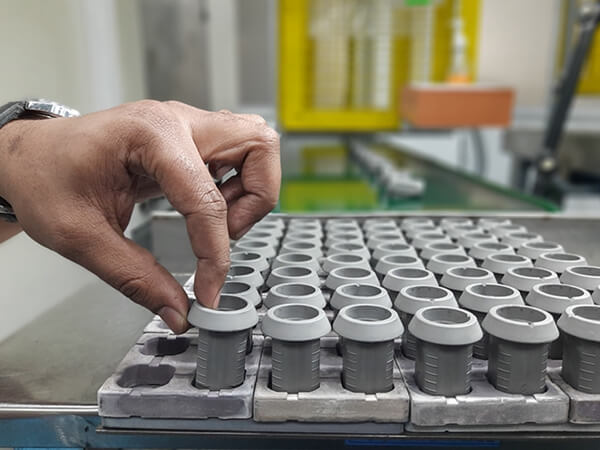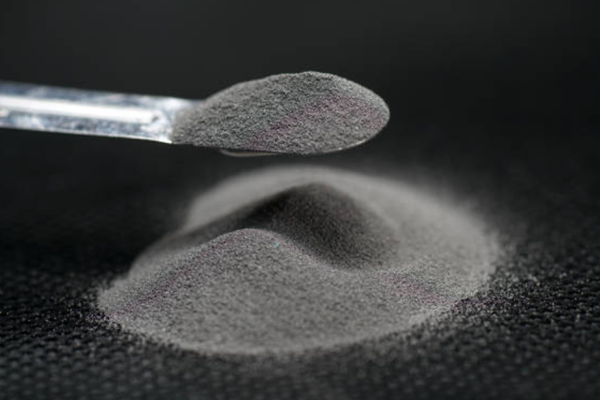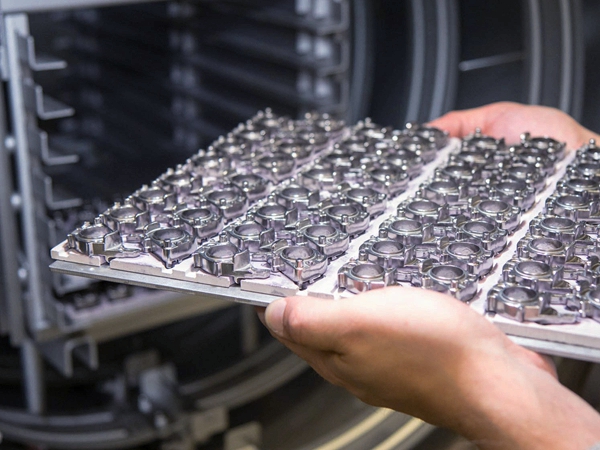MIM W-Ni-Co
MIM W-Ni-Co Injection Molding
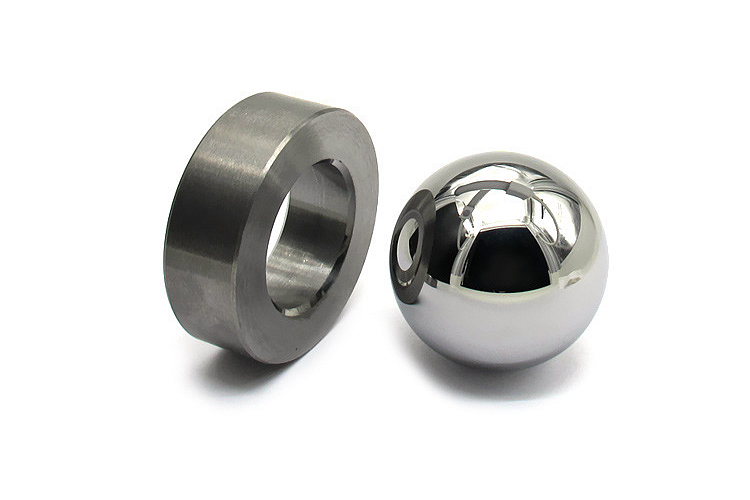
MIM W-Ni-Co MIM-Sintered Aerospace Accessories
W-Ni-Co MIM-sintered aerospace accessories are precision-engineered components designed specifically for aerospace applications. These accessories are crafted using a tungsten alloy that incorporates nickel and cobalt, offering a unique combination of properties ideal for the demanding requirements of the aerospace industry.
Typical applications of W-Ni-Co MIM-sintered aerospace accessories include:
Balance Weights: These accessories achieve precise weight distribution in aircraft components, ensuring safe and stable flight.
Vibration Dampers: W-Ni-Co components help reduce vibrations in aerospace equipment, enhancing overall performance and safety.
Radiation Shields: They provide effective radiation shielding in space missions, safeguarding sensitive equipment and astronauts.
High-Temperature Components: W-Ni-Co parts can withstand extreme temperatures, making them suitable for aerospace components exposed to harsh conditions.
Counterweights: These accessories balance aerospace systems, ensuring optimal functionality and safety during flight.
Typical Properties of MIM W-Ni-Co
MIM W-Ni-Co Chemical Composition
Element | Tungsten (W) | Nickel (Ni) | Cobalt (Co) |
|---|---|---|---|
Composition (%) | 90.0 | 7.0 | 3.0 |
MIM W-Ni-Co Physics and Mechanical Properties
Property | Status | Tensile Strength (MPa) | Yield Strength (MPa) | Impact Strength (J/cm²) | Hardness (HRC) | Young's Modulus (GPa) | Poisson's Ratio | Elongation (%) | Density (g/cm³) |
|---|---|---|---|---|---|---|---|---|---|
Typical Values | Excellent | 850 | 700 | 3.0 | 32 | 350 | 0.27 | 7 | 18.0 |
MIM W-Ni-Co MIM-Sintered Applications
MIM-Sintered MIM W-Ni-Co Balance Weights
MIM-sintered W-Ni-Co (Tungsten-Nickel-Cobalt) balance weights are crucial in the aerospace industry, primarily used for precise weight distribution and balance in aircraft and aerospace systems.
The popularity of MIM-sintered W-Ni-Co balance weights in aerospace accessories arises from several factors. Firstly, their high-density composition allows for compact and efficient weight placement, crucial for achieving optimal balance in aircraft components. Secondly, their resistance to extreme temperatures and environmental conditions ensures reliable performance in the challenging aerospace environment. These balance weights exhibit minimal wear and corrosion, contributing to long-term durability.
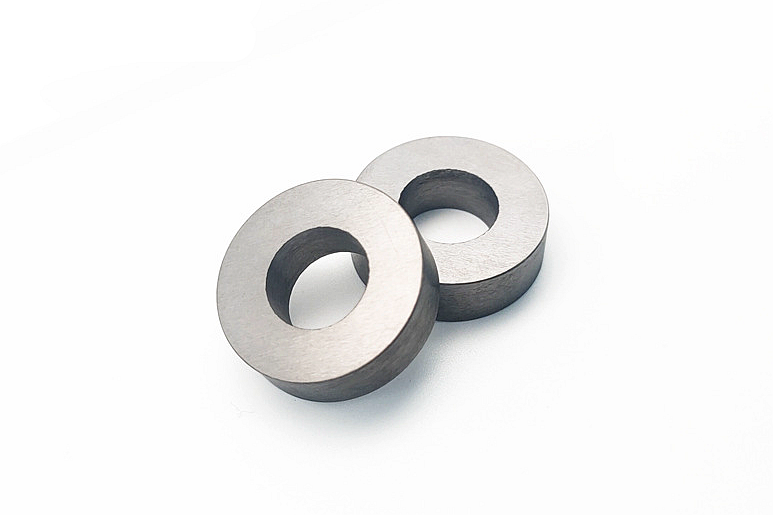
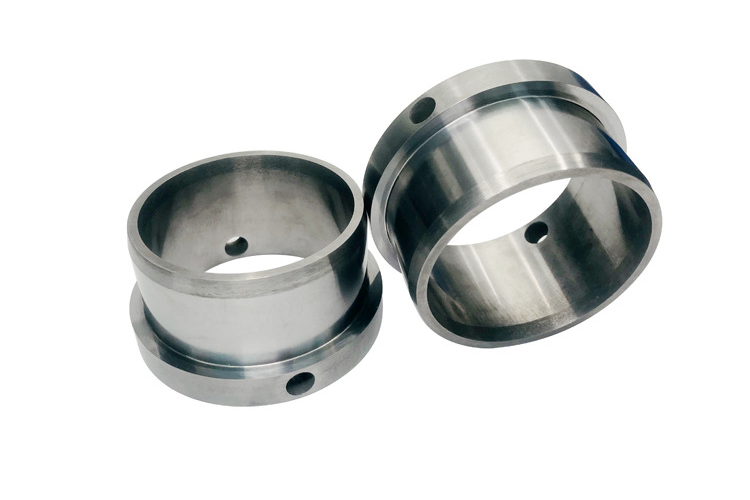
MIM-Sintered MIM W-Ni-Co Vibration Dampers
MIM-sintered W-Ni-Co (Tungsten-Nickel-Cobalt) vibration dampers are essential components in aerospace accessories, designed to mitigate vibrations and oscillations within aircraft and aerospace systems.
The benefits of using MIM-sintered W-Ni-Co vibration dampers in aerospace accessories are significant. Firstly, their high-density composition and precision engineering through MIM-sintering allow for efficient vibration attenuation, reducing wear and tear on critical aerospace components. Secondly, these dampers offer exceptional durability and resistance to extreme conditions, ensuring long-term reliability even in demanding aerospace environments. Additionally, their compact design allows for easy integration into aerospace systems without adding significant weight.
MIM-Sintered MIM W-Ni-Co Radiation Shields
MIM-sintered W-Ni-Co (Tungsten-Nickel-Cobalt) radiation shields are designed to safeguard sensitive equipment and personnel from the harmful effects of cosmic rays and radiation in the challenging aerospace environment.
The benefits of using MIM-sintered W-Ni-Co radiation shields in aerospace accessories are substantial. Firstly, their high-density composition, precision engineering, and exceptional radiation-absorbing properties make them highly effective in attenuating radiation, ensuring the safety of onboard systems and astronauts during space missions. Secondly, these shields are durable and capable of withstanding the harsh conditions of space, including extreme temperatures and radiation exposure. Their reliability is crucial for the success of space exploration missions.
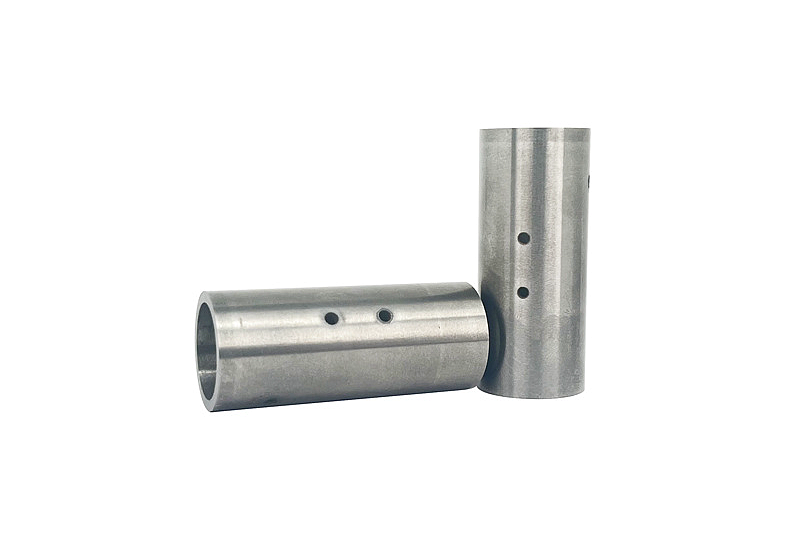
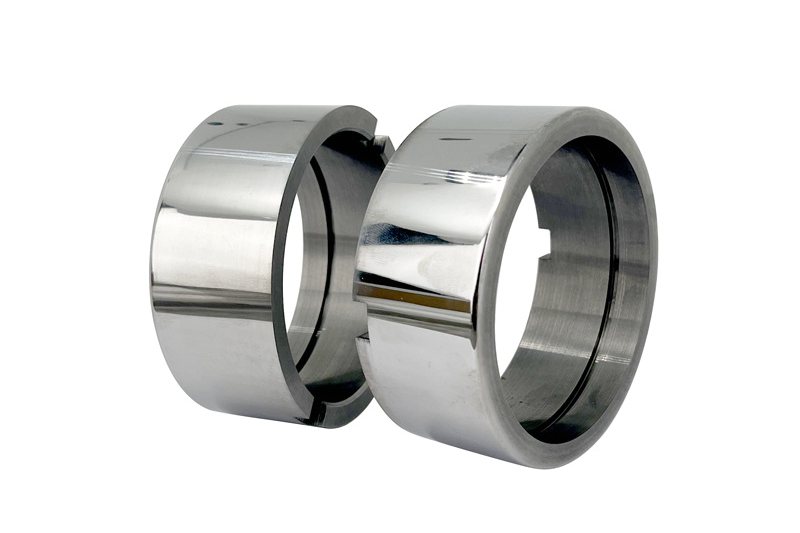
MIM-Sintered MIM W-Ni-Co High-Temperature Components
MIM-sintered W-Ni-Co (Tungsten-Nickel-Cobalt) high-temperature components are crucial in aerospace accessories, designed to withstand extreme heat and temperature variations encountered in aerospace environments.
MIM-sintered W-Ni-Co high-temperature components have exceptional resistance to extreme temperatures, making them ideal for applications like jet engines, where components must endure intense heat without compromising performance. Secondly, their high-density composition and precision manufacturing through MIM-sintering ensure stability and structural integrity even under thermal stress. Furthermore, these components exhibit minimal thermal expansion, reducing the risk of deformation or failure in aerospace systems.
Neway Custom Manufacturing Capability
Neway has gradually improved the production system of basic hardware, plastic, and ceramic non-standard parts after 30 years of growth from the original CNC workshop. As well as polishing, PVD, and simple assembly lines. Provide one-stop, non-standard manufacturing services to our customers.
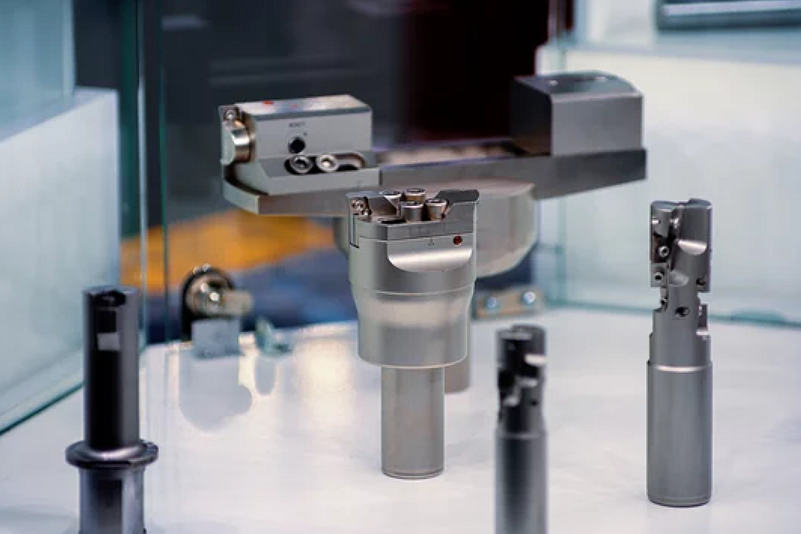
MIIM FAQs
1. What is metal injection molding used for?
2. What are the factors affecting the tolerance of MIM parts?
3. Which materials are suitable for metal injection molding?
4. What Is The Shrinkage of Metal Injection Molding?
5. 10 Reasons Why MIM Metal Powders Are More Expensive Than Common Bulk Metal Materials?
6. What Are The Applications of Thin-Walled MIM Parts Across Industries?
